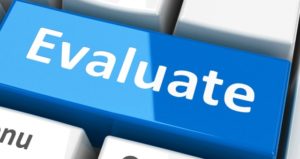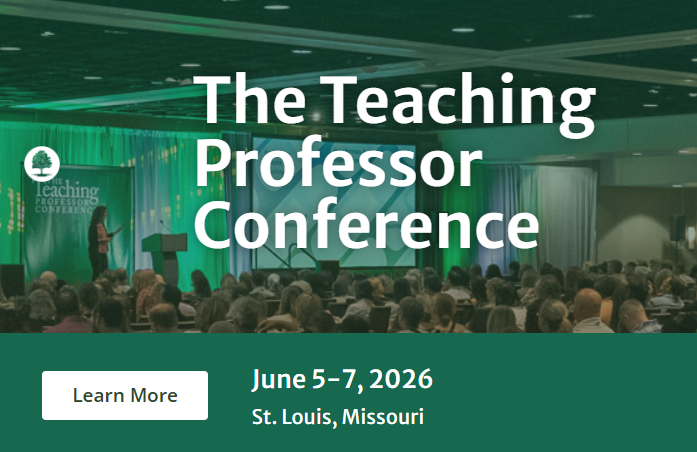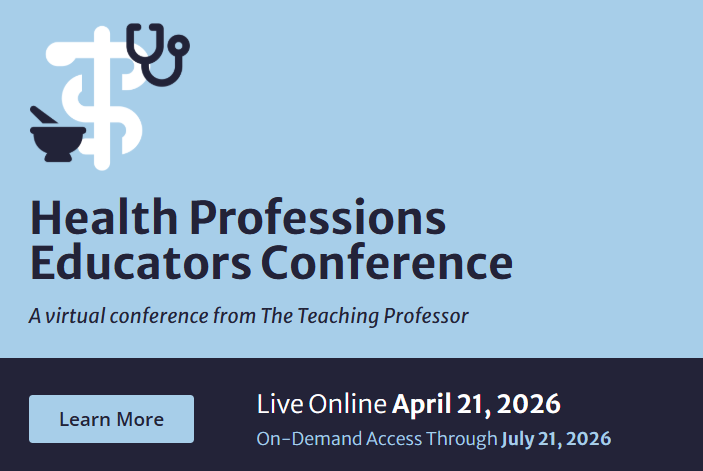Of all the activities that go into educational assessment, ironically two of most rewarding also are two of the most overlooked: 1). sharing the results with stakeholders and 2). using the results to effect change.
After devoting so much time and energy to creating assessments, far too often what happens is someone takes the data that’s been gathered and compiles a dense, statistics-laden report that is difficult to find, read, or understand. Meanwhile everyone else turns their attention to more pressing matters; happy they finally got rid of that annoying pebble in their shoe.








